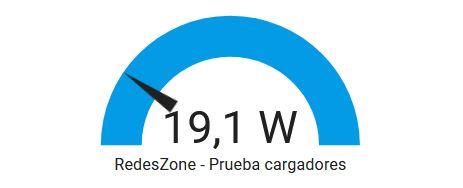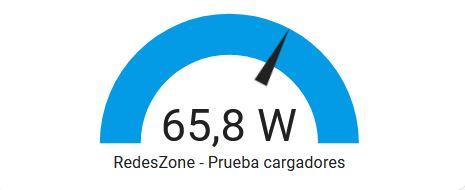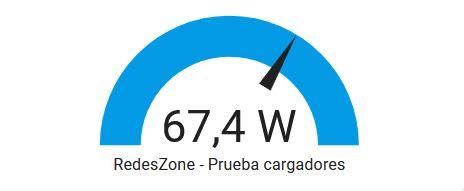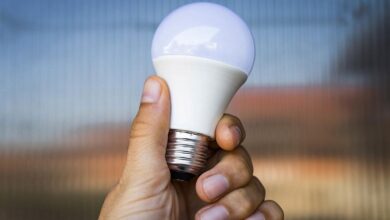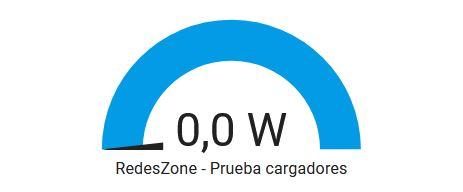
On many occasions we have talked about phantom consumption that the different devices have in standby, that is, the electrical consumption that they are making by the simple fact of being connected to the electrical current, but without us using them. For example, a Smart TV continuously connected to the current has a phantom consumption, which means that throughout the year we are paying more on the electricity bill for the simple fact of not disconnect it from the current with a smart power strip or a smart plug. Does the same thing happen with chargers for laptops, tablets or mobile phones?
With electricity prices much more expensive than three years ago, but somewhat cheaper than last year, it is essential to know if a certain device has a higher or less electricity consumption. There are certain actions that we can carry out in our home, which aim to save a few kWh at the end of the month, which can translate into quite significant savings if we have many connected devices in our home.
What is phantom consumption and when does it occur?
Phantom consumption is the consumption of electrical energy produced by devices when we are not using them. For example, if we have our TV turned off, it is consuming a minimum of energy to stay on standby, and when we use the remote control we can turn it on comfortably from our sofa. The same happens with other devices, such as sound equipment, TV decoders when we are not using them, TV Boxes when they are “off” and much more.
Controlling the phantom consumption of our equipment is something very important to control electricity spending as much as possible. Although this consumption may be very low, approximately 5W for a TV, we must think that this translates into 0.12kWh per day, which which makes 3.6kWh after a full month. If we add to this the phantom consumption of our TV decoder (another 5W), our TV Box and our sound equipment, we end the month with an additional consumption of about 20kWh that we have not really used at all.
Is it worth unplugging the chargers?
Right now the chargers for smartphones and also for laptops use an amount of energy very close to 0W when they are left plugged into the electrical current, but without any device charging. However, this depends on the charger that we are using, the current ones have a completely ridiculous consumption of approximately 0.3W, however, there are certain old chargers that do have a higher electricity consumption, and they are the ones that we must control.
To carry out this test, we have used a Shelly Plug S smart plug with a consumption meter, a very interesting model because it allows us to measure the consumption that we make with the different devices quite accurately. Connected to this smart plug, we have used a 45W maximum power UGREEN mobile charger, we have also used the ASUS Zenbook laptop charger that provides up to 65W of power. The results are the following.
Mobile charger consumption
We have connected the mobile charger to the smart plug for 1 hour, and without any mobile connected to it. At all times it has been measuring 0W of electrical power, and the consumption in kWh is also 0kWh, so the consumption is so minimal that it does not even detect that there has been consumption.
When we have connected our Samsung S21 smartphone, it has detected the load and this is the power it demanded:
As you can see, having the mobile charger connected does not consume anything.
Laptop charger consumption
Now we have connected the laptop charger to the smart plug and without any PC connected. As soon as we have connected it, the consumption meter has detected a consumption of 65W for a second, this is because when connecting the charger it must charge the internal capacitors so that later the laptop charge works perfectly.
After this consumption for one second, the consumption for one hour has also been 0W:
Finally, if we connect the ultrabook to the charger, the result is the following:
As you can see, if we have a current charger connected to the electrical current, we have such a low consumption that it is not even capable of being detected.
In both cases, the charger does have a minimum consumption, but it is marked as 0W because it is so small that it is not even capable of detecting you. If we use much more sensitive professional measurement equipment, we can see that consumption is usually around 0.1W approximately, something totally insignificant and ridiculous at the end of the month if you want to save on the electricity bill since it is 0.07kWh at the end of the month. of one month.
